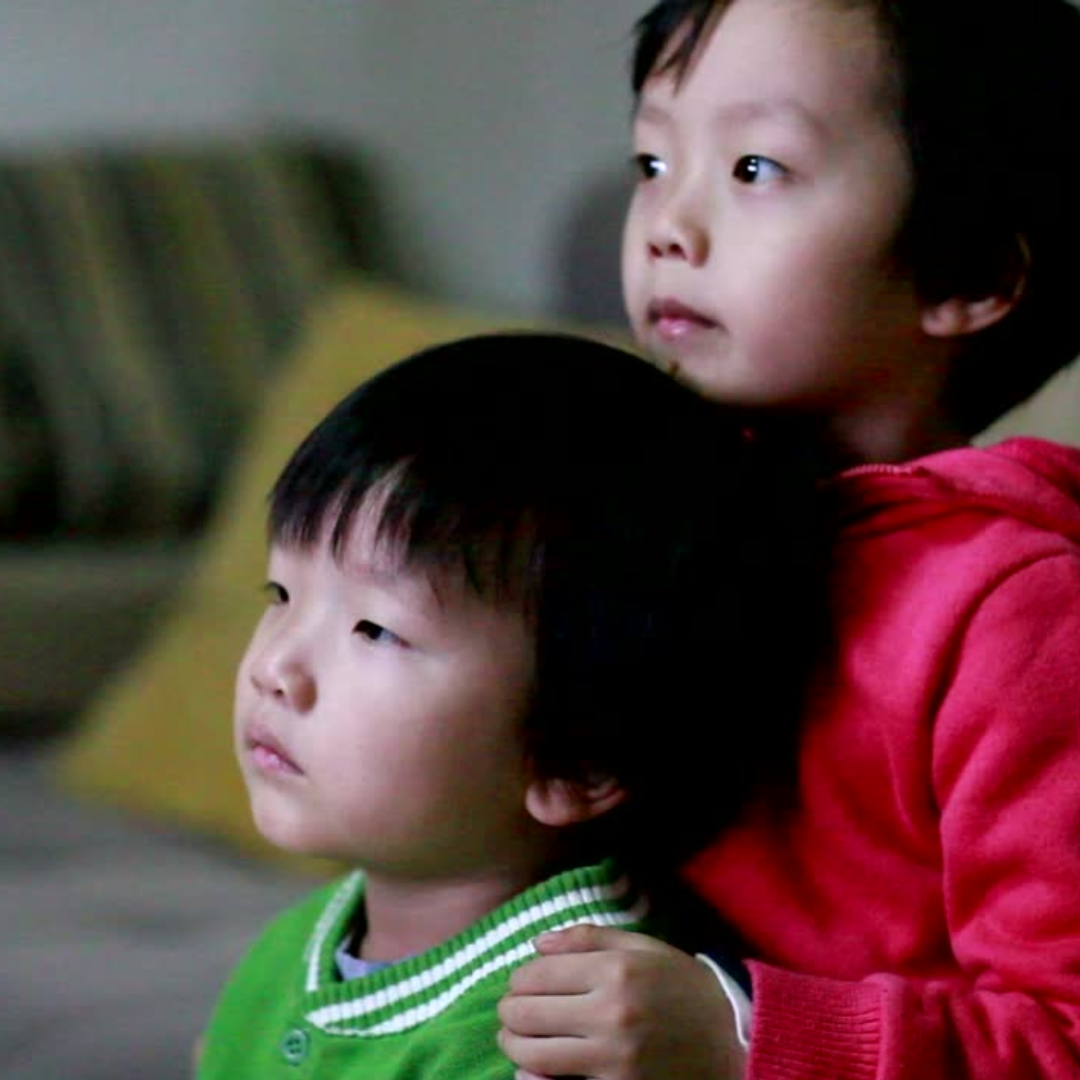Understanding Gender Roles And What Parents Can Do

Understanding Gender Roles And What Parents Can Do
Understanding Gender Roles
Have you ever really considered why the toy aisles at your favorite department store are divided into “boys” and “girls” sections? What makes a toy a “boys” or a “girls” toy? If you’re like many parents you may find your daughter wearing a Spider-Man shirt and shopping for Star Wars figures and your son feeling empowered by strong Disney Princesses like Elsa or Moana. What if your son’s baseball team chooses pink jerseys or your daughter wants to compete against boys in athletics or academics? Understanding and discussing gender can be as complex as exploring gender identity or as simple as “blue” versus “pink”.
What can parents do?
- Be intentional about the environment. Offer a wide range of toys and games that expose children to diverse gender roles. Encourage children to explore gender-different forms of play such as choosing activities that show males as caregivers or nurturers or females in traditionally masculine roles, such as firefighters or construction workers.
- Be intentional about expectations. Expect that your sons and daughters will be equally good at math, sports, or the arts. Teach both sons and daughters to cook, clean, cut grass, and take out the garbage. And serve as a role model by having all adults in the home share tasks, chores, and roles.
- Acknowledge strengths and skills rather than appearance or gender-stereotypic performance. Give all children positive feedback about their unique skills and qualities. For example, you might say to a child, “I noticed how kind you were to your friend when she spilled her drink” or “You showed great teamwork today when we organized the classroom.”
- Encourage curiosity. Provide dramatic play props that allow children the freedom to explore and develop their own sense of gender and gender roles. Read your children books that celebrate people of all kinds, including individuals who do not conform to gender stereotypes, so children see there are many ways to express themselves, at any age.
- Teach your children to stand up against gender stereotyping. An interesting study found that children who learned expressions such as, “Give it a rest, no group is best!” and “That’s weird, being boys and girls doesn’t matter here!” were more likely to speak up when they felt excluded or through a peer was being unfairly targeted, and that over time this practice spread to other children in the classroom.
- Create a safe space. Children whose interests and abilities are different from what society expects may be bullied or discriminated against. Instead of pushing children to conform to these pressures and to limit themselves (a natural reaction for parents attempting to protect their children), parents can play an important role in advocating for safe spaces where their children can feel comfortable and good about themselves.
Parents, did you know?
Your children’s understanding of gender begins much younger than you might expect.
- Infants as young as 3 months old can distinguish between male and female faces
- By 6 months of age, infants respond differently to male and female voices
- By 24 months, many children understand the labels “boy” and “girl” and can correctly categorize themselves as such. And children who label their gender are much more likely to play with strongly gender-stereotyped toys.
- Children’s ideas about gender stereotype rapidly progress through the toddler and preschool years, as they seek to understand themselves in relation to their world. By age 3, both sexes show a clear preference for playing with same-sex partners.
- Gender stereotyping peaks in children between 5-6 years of age. Children exposed to a peer “gender enforcer” were more likely to limit their play to same-sex peers.
- As children age and develop cognitively, their thinking about gender roles becomes more flexible as they mature, however gendered differences in interests and activities often continues through the childhood years and may even intensify in adolescence.





